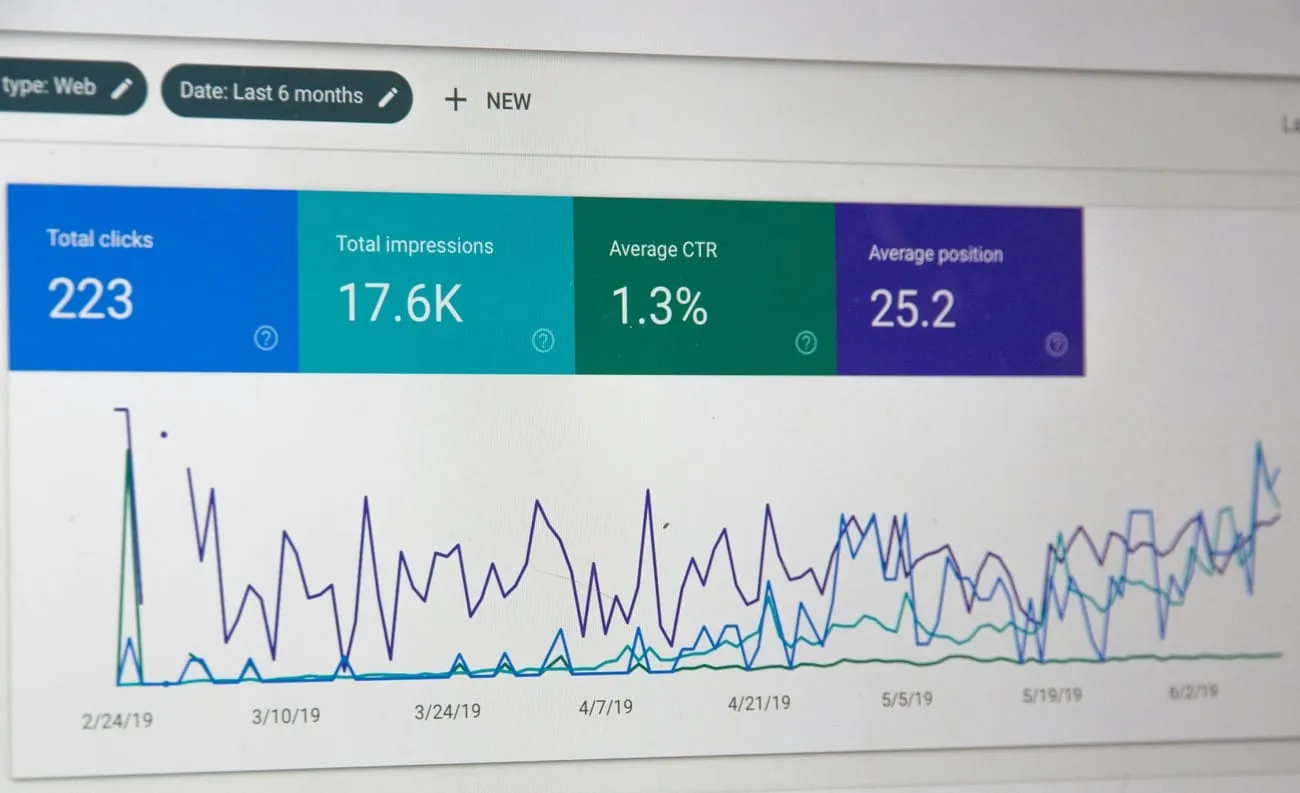SEO for Australian Businesses: Strategies to Get Found Online

So, you’ve built a website, registered a .au domain name, secured Australian website hosting and published your site.
Now what?
Small businesses can’t sit back and wait for visitors to stumble upon their site.
There’s a lot of noise online, and doing nothing means you’ll get drowned out.
However, you also don’t need to dedicate all your energy to online marketing.
With a targeted SEO strategy, an optimised website hosted in Australia, and regular content updates, you will soon see a steady stream of interested customers clicking on your site.
What is SEO and why should you care?
SEO (Search Engine Optimisation) is the process of making your website the most relevant result when someone is searching the internet.
A lot goes into SEO, including technical configuration, content production, site structure, metadata and keywords.
But at its core, SEO efforts make your business more visible.
According to the latest data we could find, ranking higher has significant benefits for Australian websites:
The #1 result is 10x more likely to receive a click than #10 spot
The better your SEO, the higher you rank on search engines like Google, and the easier it is for potential customers to find your business.
What does “good” SEO look like?
SEO best practices are always evolving.
However, the underlying principles haven’t really changed since the early days of online marketing.
Good SEO is about maintaining a high-quality, user-friendly website that answers search queries with accuracy and authority.
What fluctuates every time Google updates an algorithm is the weighting given to the different “ranking factors” that determine your site’s visibility.
Keywords
If you know anything about SEO, it probably has to do with keywords.
These are the terms that current and future customers type into search engines.
Although keywords don’t hold the power they used to as a ranking factor, they are still vital for helping search engine algorithms understand the content on your website.
Weaving keywords into headings, page copy, URLs, image tags and meta information gives the search algorithms extra clues as they “crawl” your site. Just be careful not to overdo it.
Here are a few free tools to help you find the best keywords:
- Google Keyword Planner (free but requires a Google Ads account)
- Ubersuggest
- Answer The Public
- WordStream
- Ahrefs
There are many different keyword types – phrase match, longtail, semantic, competitive and more – and loads of data available.
Go with your gut and refine over time. You can use analytics tools like Google Search Console to monitor which keywords are working and use that insight to create or update content.
Content
Once you’ve got a shortlist of high-potential keywords, it’s time to create high-quality content.
Your website needs to be a treasure trove of engaging, authoritative and useful information.
- On-page content communicates your business’s mission, vision, benefits and offerings
- Blogs delve into industry trends, how-to guides, interesting topics or share-worthy news
- Infographics break down complicated data into digestible snapshots
- Downloadable content gives your visitors something to take with them
The more visitors engage with your content (clicking, sharing, scrolling and lingering on the page), the better your chances of ranking #1.
That brings us to the support structure holding up the whole show.
Internal links and backlinks
Internal links tie pages on your website together.
Backlinks bring in traffic from external sites.
They work together to help search algorithms understand the relationships between your website pages and how your site fits into the vast internet ecosystem.
A good tip here is to create internal links using SEO keywords.
For example, we might mention the benefits of registering a .au domain in a blog about website hosting.
The two topics (and this one) already relate to each other; internal linking makes it official.
Technical SEO
Linking leads us to technical SEO, the magic behind what your visitors experience.
Technical SEO ensures your site is efficient and accessible for visitors and search crawlers.
It covers a wide range of actions, from stabilising code to optimising load speed, SSL certification, mobile responsiveness, publishing a sitemap and much more.
As you might expect, this quickly gets tricky. A good place to start is Google’s Lighthouse browser extension, which highlights technical SEO problems so you can get professional help.
At least you won’t have to worry about site security (an important factor) when you choose Registry’s website management services. All our locally hosted domains include SSL certificates as standard.
Measuring SEO success
SEO is a marathon, not a sprint.
Track your progress using metrics like website traffic, ranking positions, click-through rate and domain authority with the help of tools like Google Search Console and Google Analytics.
Good SEO starts with a solid website
SEO might seem like a complex beast, but it’s fundamentally about making your website the best answer to your customers’ questions.
Best also means looking trustworthy with a .au domain, securing Australian website hosting for faster server response times, and having a local home to help with “near me” searches.
All these factors work in harmony to boost your business’s visibility and increase website traffic.
Explore Registry’s affordable website management services to see how we give small businesses a big boost online.


